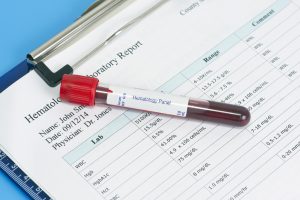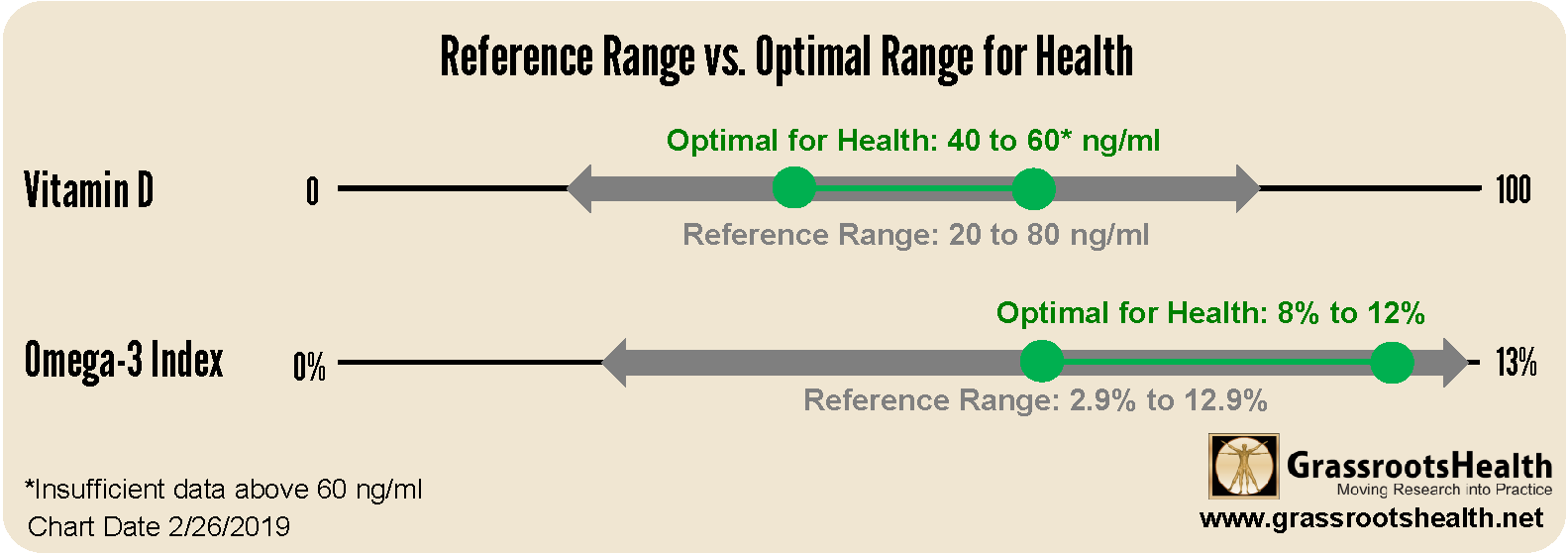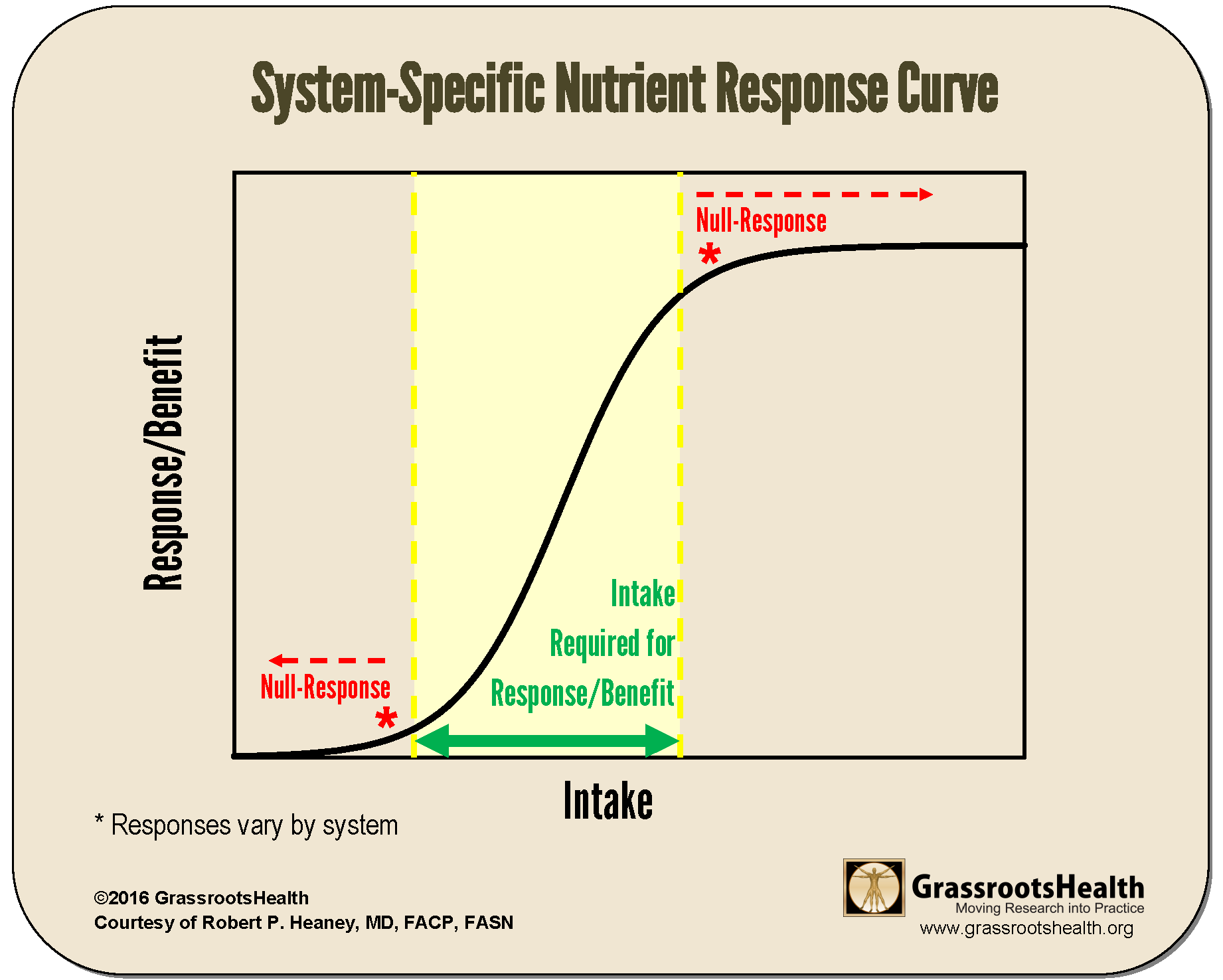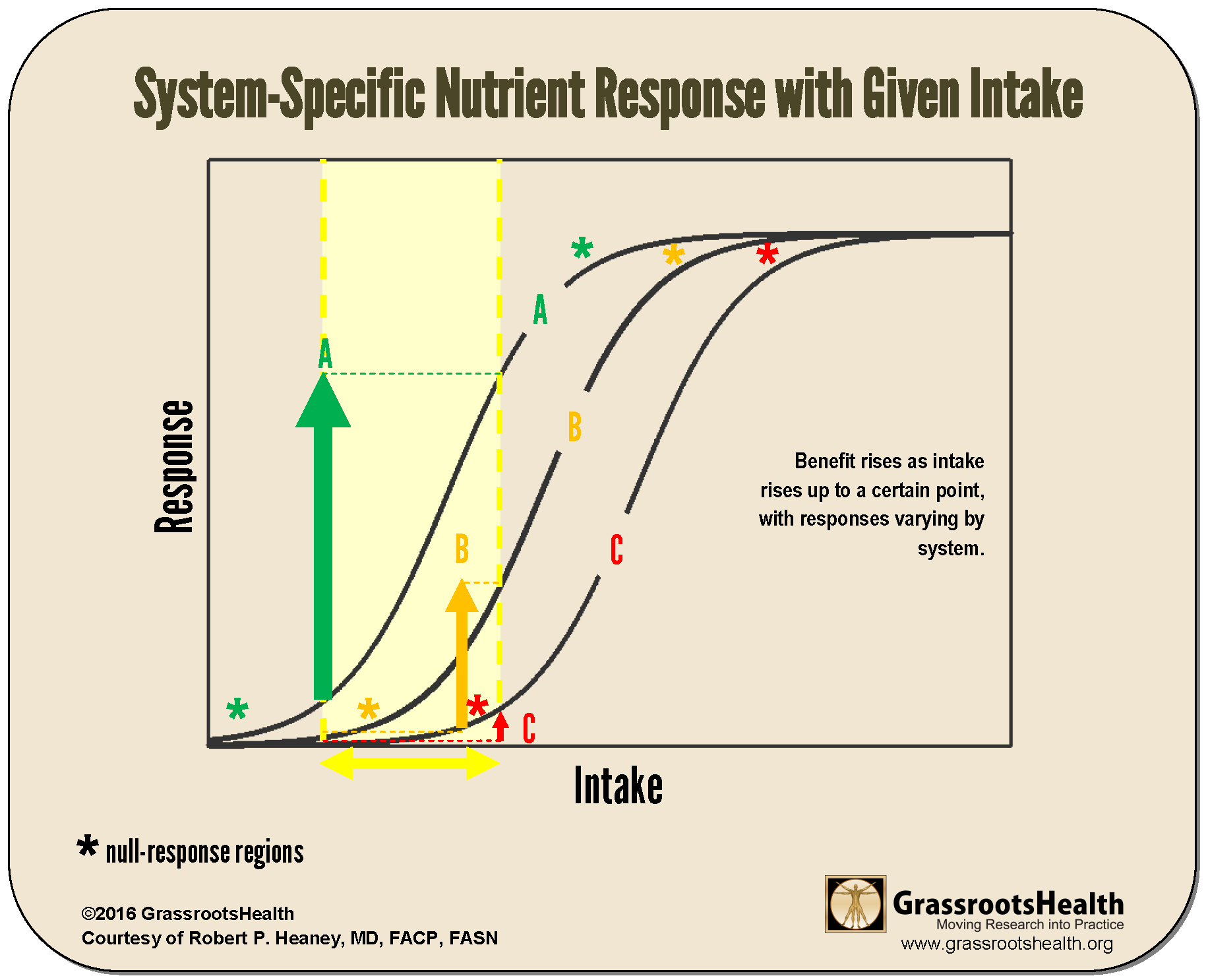Published on December 30, 2020
What’s the best nutrient level for health?
Lab test results often come with a set of numbers next to the result called a “reference range.” What does this mean, and does it represent the optimal range for health? Before we further discuss what might be “optimal,” let’s define the reference range and describe the system-specific nature of how nutrients work within the body.
What is a Reference Range?
 A reference range, sometimes called “normal values,” is a set of numbers representing the range of typical results. Each individual lab can establish their own reference range by calculating the range of values (after excluding the highest and lowest values) among a sample of “healthy” patients from within the population the lab serves. Since each lab can create its own reference range, these ranges can differ between labs and geographic regions. Differences in patient population, operating conditions, sample collection, criteria for “healthy” individuals, and environmental conditions can cause variation in reference ranges. Reference ranges can even change within an individual lab over time through ongoing re-assessment of their normal testing population.
A reference range, sometimes called “normal values,” is a set of numbers representing the range of typical results. Each individual lab can establish their own reference range by calculating the range of values (after excluding the highest and lowest values) among a sample of “healthy” patients from within the population the lab serves. Since each lab can create its own reference range, these ranges can differ between labs and geographic regions. Differences in patient population, operating conditions, sample collection, criteria for “healthy” individuals, and environmental conditions can cause variation in reference ranges. Reference ranges can even change within an individual lab over time through ongoing re-assessment of their normal testing population.
Labs can also use the reference range published by the manufacturer of a particular test method or the reference range from another local lab if they can verify that the published reference range represents the population the lab serves. For some lab tests, a consensus range or decision limit for treatment determined by a consensus group of medical experts is used instead of a reference range. For example, specific limits for cholesterol and glucose have been established to indicate when diagnosis and treatment are needed.
Does a Reference Range Indicate the Optimal Range for Health?
Simple answer: NO. A reference range indicates the range of typical results found in the population the lab serves but does not necessarily indicate the optimal range for health. For example, a lab’s reference range for vitamin D levels may be 20 to 80 ng/ml. While this is the range found in the lab’s testing population, this is NOT the range for optimal health. Rather, the reference range reflects that a large majority of the population does not have optimal levels for vitamin D.
Our scientists’ consensus panel recommends achieving at least 40 ng/ml (100 nmol/L) up to 60 ng/ml (150 nmol/L) for optimal health. This is based on overwhelming evidence about the association between vitamin D and many diseases, such as those illustrated on our Disease Incidence Prevention chart. As can be seen on this chart, the level of vitamin D at which 99% of rickets can be prevented is around 20 ng/ml (50 nmol/L). However, the risk of several other diseases, including multiple sclerosis, diabetes, and several types of cancer, are decreased when vitamin D levels are within the 40-60 ng/ml range. In fact, an even bigger benefit can be seen for cancer risk reduction at levels of at least 60 ng/ml.
Can “Optimal” Depend on the Desired Outcome?
Most nutrients have many different functions within the body, with response curves varying by system (such as skeletal vs immune) and nutrient responses varying with basal nutrient status, dose/intake, and system-specific sensitivity. The above is an excellent example for vitamin D – while the skeletal benefits of vitamin D (to prevent rickets) are seen at much lower levels, cancer prevention benefits are seen at much higher levels.
The way the body responds to most nutrients can be described by an ‘S’ shaped curve, or Sigmoid Response Curve, such as described in the Nutrition and Medicine Webinar by Dr. Robert Heaney (from approximately 10:36 to 18:35). Understanding this curve is important to be able to define the appropriate amount of the nutrient that reduces risk of a specific health outcome.
A few key points to consider:
- The benefit rises as intake rises up to a certain point (away from deficiency, and before toxicity).
- Within the curve are null response regions; too low will not be enough to produce a response, and too high will not produce any further response (response has been maximized).
- The same dose may produce a significant response in one system and a null response in another.
This next chart builds on this concept by illustrating that there may also be different, system-specific responses of a given nutrient to a given intake or dose. Let’s imagine the curves in the chart below represent the need of vitamin D to carry out specific functions within the skeletal system (curve A), respiratory immune response (curve B), and cancer response (curve C). The same change in a given intake will have varying effects in each system, as shown by each curve. When considering a specific intake, that same dose may produce a measurable response in one system (as illustrated by the green arrow with curve ‘A,’ representing the skeletal system) and a null response in another system (as illustrated by the red arrow with curve ‘C,’ representing the cancer response).
In conclusion, when determining an optimal intake or range for a specific nutrient, it is important to also consider the desired outcome or health benefit.
Other Nutrients Follow a Similar Concept
Omega-3 testing provides another example of the difference between the reference range and the optimal range for health. The lab used by GrassrootsHealth for the Omega-3 Index has a reference range for Omega-3 Index of 2.9% to 12.9%. However, studies show that an Omega-3 Index of at least 8% is important for heart, brain, joint, and eye health. The lab’s reference range for the omega-6 to omega-3 ratio is approximately 1.5 to 7.3 and for the AA to EPA ratio is approximately 2.6 to 62.0. However, the desirable ranges for health are generally between 3 and 5 for the omega-6 to omega-3 ratio and between 2.5 and 11 for the AA to EPA ratio. Some experts recommend an even lower AA to EPA ratio (1 to 3) for the resolution of cellular inflammation. (Click here for more information on Omega-3 testing including what these ratios mean).

For many nutrients, we are gathering the data and working with the scientists to determine and achieve an expert consensus on the optimal range of each for overall health. By testing your nutrient levels and completing the health questionnaire, YOU are helping to achieve that goal for yourself and others.
Do You Have Specific Health Concerns?
By joining the GrassrootsHealth projects, you are not only contributing valuable information to our study, but you are also gaining knowledge about how you could improve your own health through measuring and tracking your nutrient status, and educating yourself on how to improve it. Do you know what your status of vitamin D, omega-3s, and other essential nutrients is? Could your levels be improved? Test now to find out!








